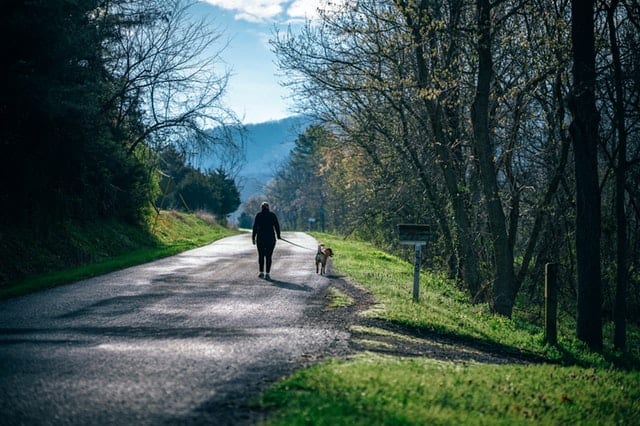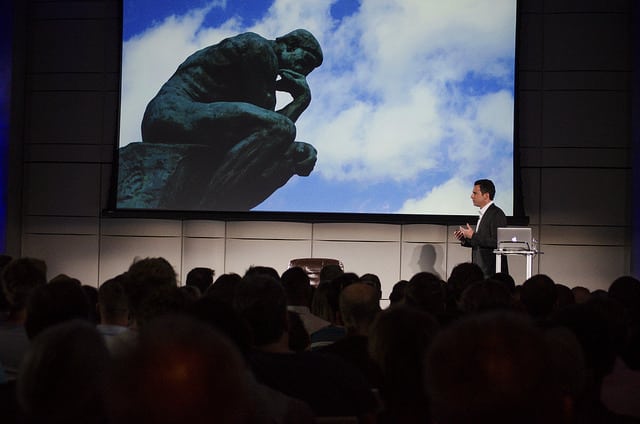
Those who know Martin Luther King Jr.’s story well, know that January 27, 1956, was a pivotal date for the young minister.
Only one month earlier, still a newcomer in town, King, to his surprise, was elected to run the Montgomery Improvement Association (MIA) formed in response to Rosa Parks’s arrest.
As King’s Pulitzer-prize winning biographer David Garrow recalls, King “mistakenly presumed that the boycott [organized by the MIA] would be relatively brief,” but he was wrong. A series of tense negotiating sessions made it clear that the city was reluctant to give up any ground.
As the bus boycott dragged on, and more attention was turned toward its leader, the situation became tense. According to Garrow:
“The increased news coverage had brought with it a rising tide of anonymous, threatening phone calls to his home and office, and King had begun to wonder whether his involvement was likely to end up costing him, his wife, Coretta, and their two-month-old daughter, Yolanda, much more than he had initially imagined.”
On January 26th, King was arrested and jailed for supposedly driving 30 mph in a 25 mph zone. The next day, after his release, he received another round of anonymous threatening phone calls. He tried to sleep, but couldn’t, so he returned to his kitchen table to make a cup of coffee and confront his mounting anxiety and fear.
As King recalled in a sermon given a decade later at the Mount Pisgah Missionary Baptist Church:
“And I bowed down over that cup of coffee. I never will forget it…I prayed a prayer, and I prayed out loud that night. I said, “Lord, I’m down here trying to do what’s right…But Lord, I must confess that I’m weak now. I’m faltering. I’m losing my courage.”
Then, clarity:
“And it seemed at that moment that I could hear an inner voice saying to me, ‘Martin Luther, stand up for righteousness. Stand up for justice. Stand up for truth. And lo I will be with you, even until the end of the world.'”
Garrow describes this scene as one of the most important moments of King’s life.
* * * *
I first encountered this story in a book by Mike Erwin and Raymond Kethledge about solitude, and then expanded on it in Chapter 4 of Digital Minimalism, where I discuss what’s lost when we deploy devices to avoid every moment of time alone with our own thoughts.





